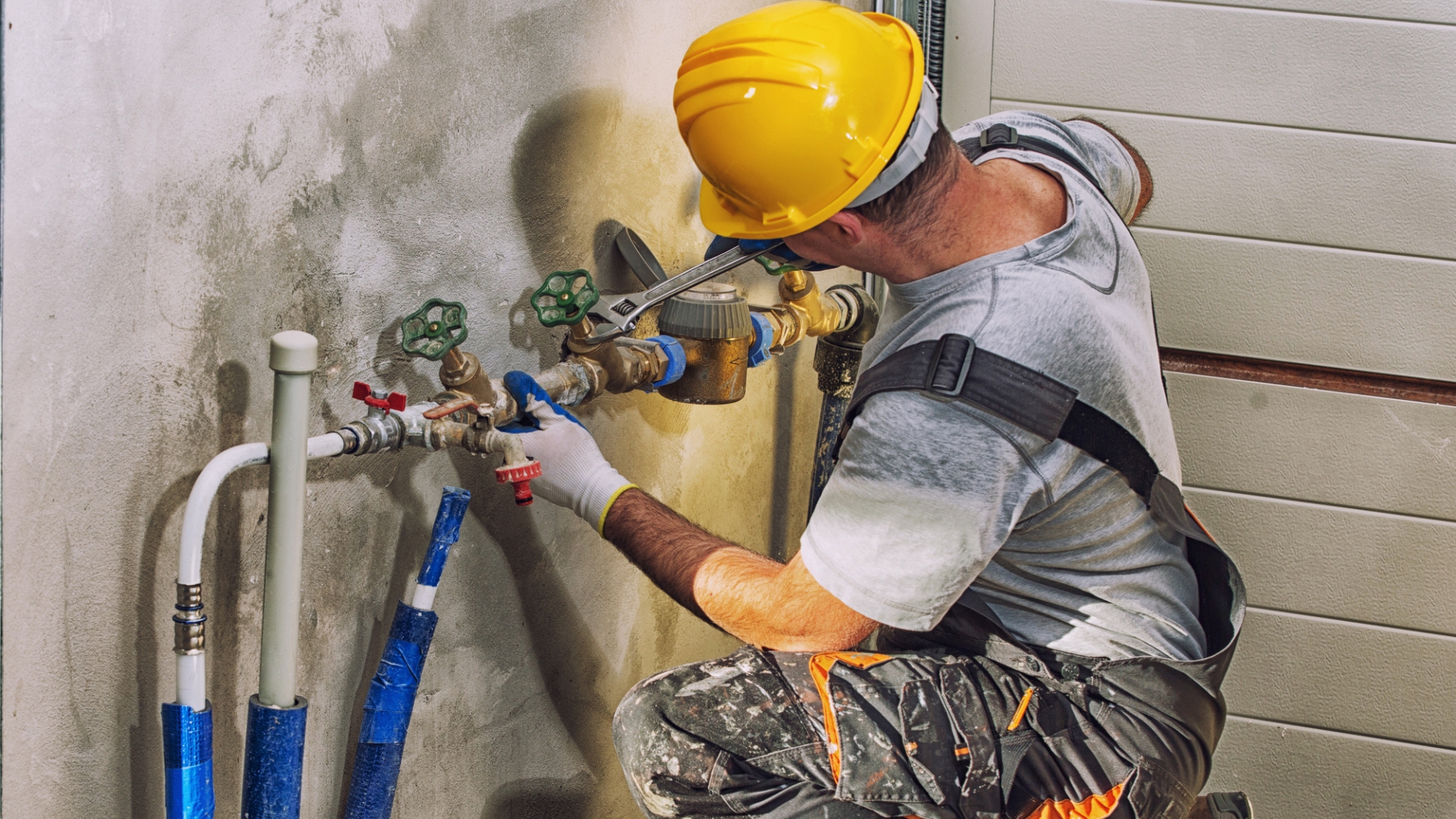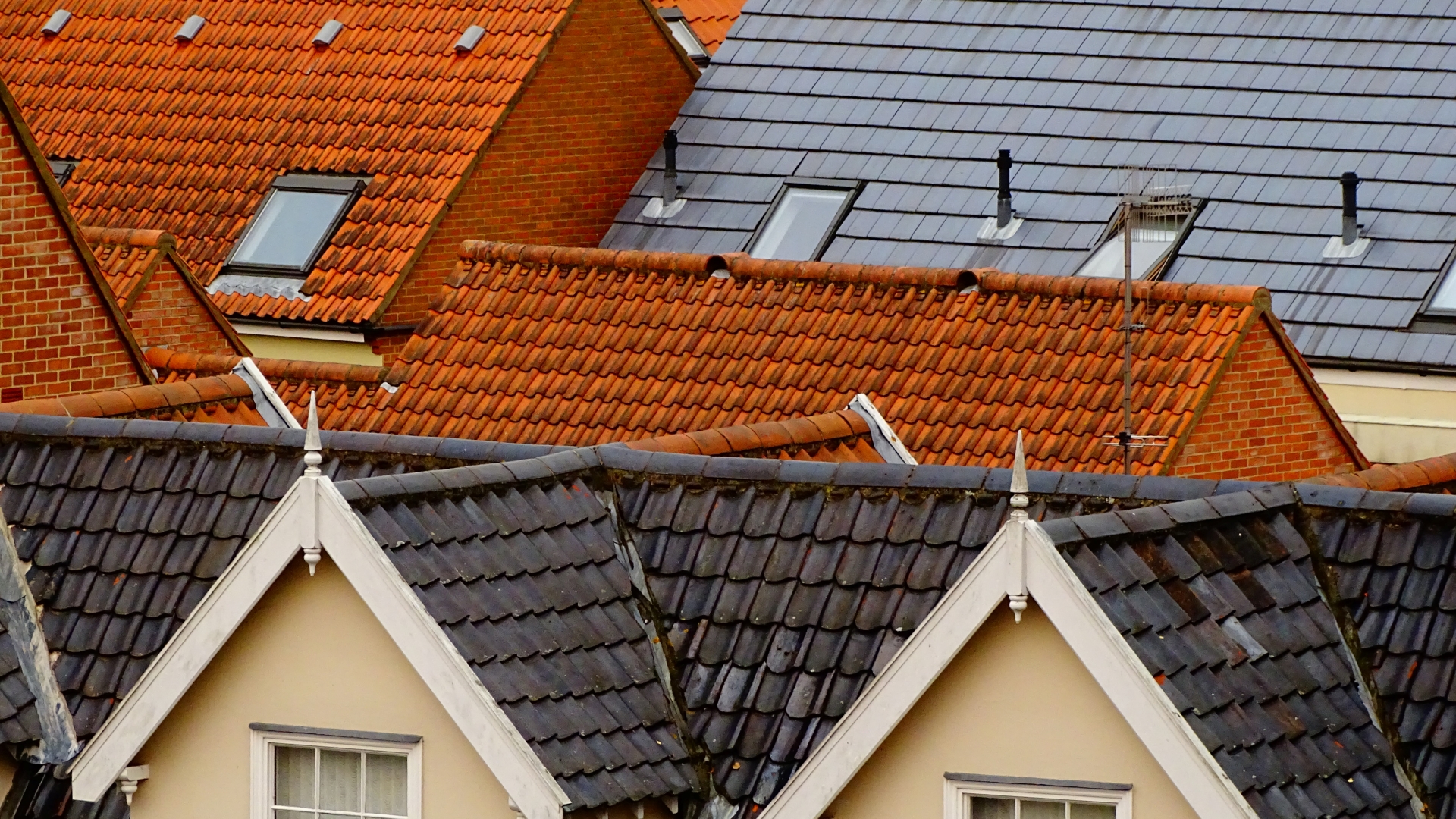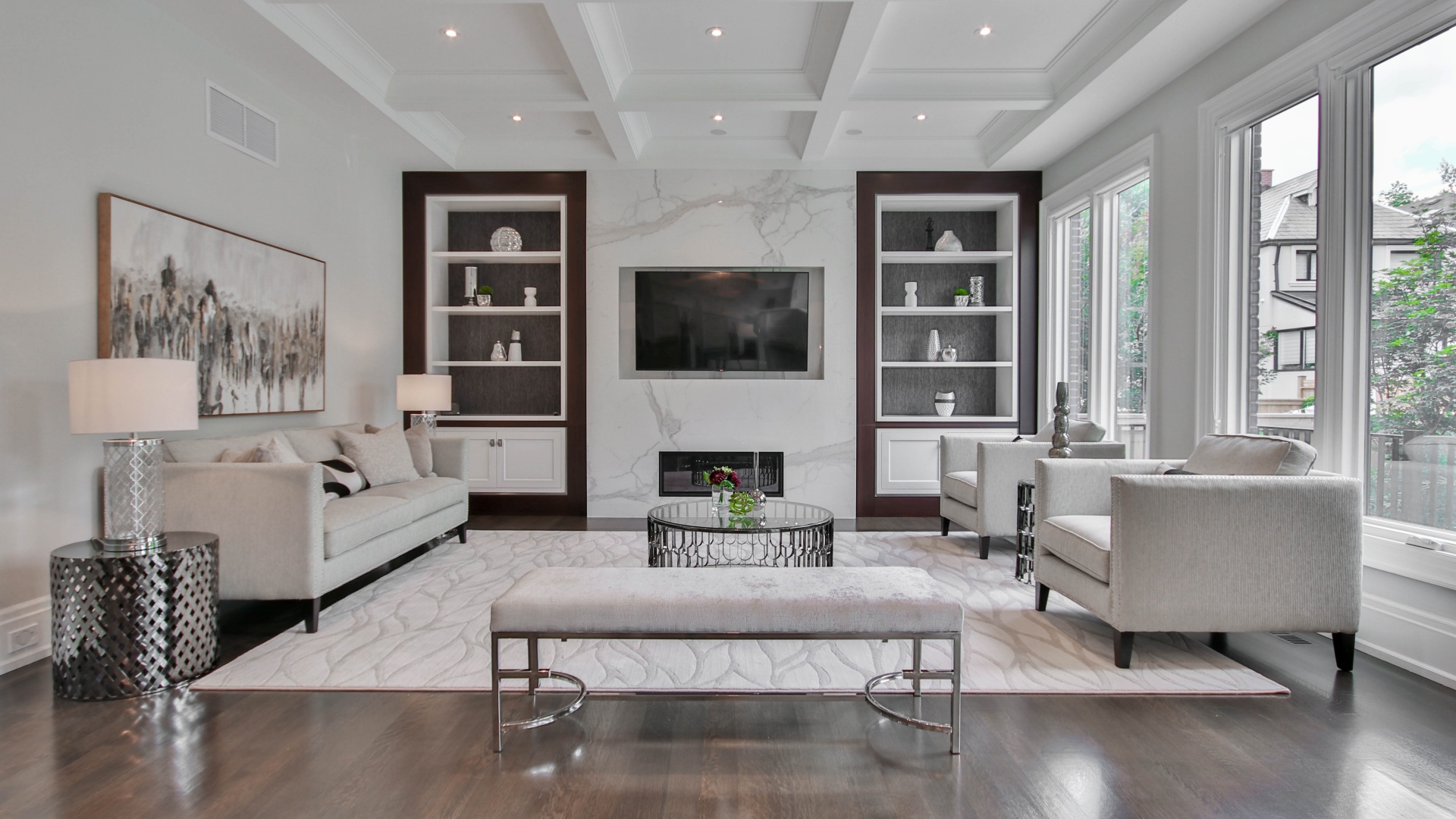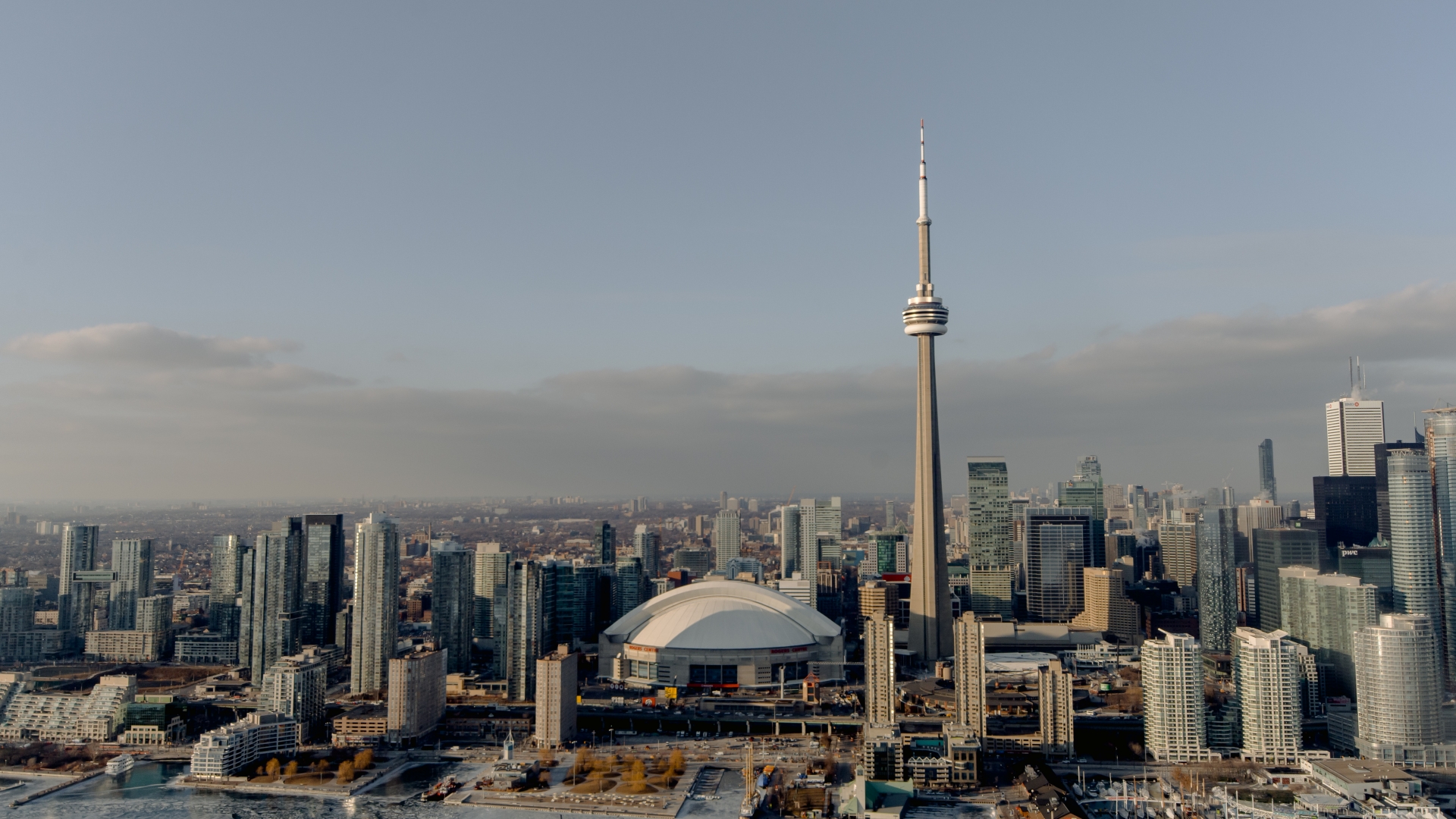These days, we are all more concerned with not only our own personal living environment, but also the planet and what we can do to ensure that the world keeps turning without any major environmental calamities too. So, maybe it’s time for us to combine the two and design a modern living space that is as sustainable as it is attractive. Sound good? Here are some things that could help you with that.
Begin with the Bones
Before you start ordering compost bins and low-energy appliances, you are going to want to get right down to the bones of your home and take a closer look at the structure you already live in. Things like drafty windows and poor insulation are terrible for the environment, and also make living in your home more expensive and less pleasant than it needs to be, so updating the basics and doing things like adding fresh weatherstripping around windows and doors and fleece insulation in the attic, will go a long way to making your home more sustainable.
Power Down, Power Smart
Once the shell is snug, look at electricity usage. Swap incandescent bulbs for LEDs, install smart plugs, and set devices to shut down when bedtime rolls in. A vampire may be fictional, but energy vampires—the chargers and set-top boxes that sip power all night—definitely exist. A smart power strip, priced around the same as two fancy coffees, will cut the flow when devices are idle. Over a year, that single purchase saves enough electricity to keep your laptop humming through an entire season of late-night doom-scrolling.
Harnessing the Sun Without Evicting the Cat
No treatise on sustainable living would be complete without acknowledging the rooftop celebrities known as solar panels. Be realistic about your roof pitch, neighborhood shade, and local incentives, then price out a system that offsets at least part of your demand. Even a small array can trim utility bills, reduce dependence on fossil fuels, and give you a smug glow that, fortunately, produces no carbon. If ownership is off the table, consider a community solar program, which lets you buy a slice of a shared array in someone else’s sunnier field.
Water is The Forgotten Utility
Water is the understudy of sustainability—essential, yet constantly overlooked while electricity hogs the spotlight. Start with low-flow fixtures, not the stingy, soap-resistant ones of the 1990s but redesigned models that keep pressure high and guilt low. Follow with a dual-flush toilet, which proudly announces, “Different jobs, different buttons.” Outdoors, switch to drought-tolerant landscaping. Native grasses survive on rainfall alone, leaving you free to sip iced tea rather than wrestle with a kinked hose. If a lawn is non-negotiable, at least program the sprinkler system to avoid watering the driveway like a confused car wash.
Materials that Mind Their Manners
Next, scrutinize the things you bring inside. Furniture from reclaimed wood boasts more personality than flat-pack particleboard and avoids the formaldehyde fumes that can make a living room smell like a chemistry lab. Area rugs woven from recycled polyester save plastic bottles from eternal landfill limbo. Interior paints with low volatile organic compounds will not off-gas toxins while you binge-watch detective shows. Each material choice, made once, sticks around for years, so consider longevity a stealthy form of sustainability.
Don’t Forget the Appliances
Old refrigerators hum like industrial generators and consume electricity like midnight pizza. When any appliance nears retirement, replace it with an Energy Star model. Check the yellow efficiency label and choose the lowest annual kilowatt-hour figure you can afford. A front-loading washer cuts water use by a quarter and lengthens fabric life, which means fewer replacement shirts in shipping boxes. If local rebates exist, claim them with the zeal of a coupon-clipping champion, because sustainability and frugality are secret best friends.
The Art of Waste Reduction
A recycle bin alone does not a waste strategy make. Adopt a three-tier system—refuse, reduce, then recycle. Refuse single-use plastics when possible. Reduce packaging by buying in bulk or, better yet, visiting stores that let you fill your own containers, which can double as upper-body workouts once full of lentils. Compost kitchen scraps to divert organic matter from landfills where it decomposes anaerobically, creating methane, an invisible troublemaker twenty-five times more potent than carbon dioxide. A countertop bin lined with compostable bags makes the process smell less like a swamp and more like responsible stewardship.
Passive Design Tricks Your HVAC Loves
Opening windows at night to flush out heat, then closing curtains against mid-day sun, can shave degrees off indoor temperatures. Ceiling fans spin air downward in summer and upward in winter, leveling out comfort so the HVAC unit gets a vacation. Even choosing light-colored exterior paint reflects sunlight, keeping indoor temps cooler without spinning a single compressor blade. These passive tactics, borrowed from grandmothers who thrived before central air, remain embarrassingly effective.
The future is sustainable, and so your home should be too!


 Pexels – CCO Licence
Pexels – CCO Licence








